Francis’s Tomb: A Legacy of Humility and Closeness
Pope Francis chose to be buried in the Basilica of Santa Maria Maggiore in Rome, in a simple tomb bearing his Latin name and a pectoral cross as his only decoration

Pope Francis, who died on April 21, 2025, at the age of 88, left an indelible mark on the Catholic Church and the entire world. Known for his closeness, humility, and commitment to those most in need, his passing has moved millions. During his lifetime, Francis expressed his desire to be buried in the Basilica of Santa Maria Maggiore in Rome, breaking away from the tradition that dictates that popes be buried in the Vatican grottoes. This decision makes him the first pontiff in more than a century to choose a final resting place outside the Vatican.
The tomb, located near the altar of St. Francis, in a side chapel between the Pauline Chapel and the Sforza Chapel, was built with marble from Liguria, the Italian region where the Pope’s grandparents were originally from. Above it is a Latin inscription reading “Franciscus,” accompanied by a reproduction of his pectoral cross.
This gesture reflects Pope Francis’s simplicity and deep sense of belonging to his family and his Italian roots. His choice of St. Mary Major also has personal significance, as it was a place he frequently visited and felt a special connection to. In his last will and testament, he requested that his funeral be simple, without the pompous rituals that usually accompany popes, and that his tomb be modest, without the traditional three coffins. He opted for a zinc-coated wooden coffin, in keeping with his desire for simplicity.
Pope Francis’s funeral will take place on Saturday, April 26, in St. Peter’s Square, with the participation of dignitaries from around the world. Following the ceremony, his body will be transferred to the Basilica of St. Mary Major, where he will rest in peace, in a ceremony that symbolizes his life dedicated to humility and service to others.
The choice of his final resting place is further testimony to his legacy: a close, accessible, and deeply humane Pope, who always sought to be close to his people and live according to his principles of simplicity and compassion.
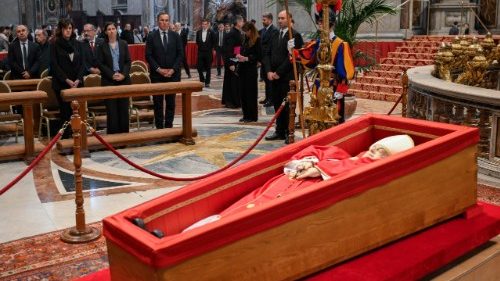
On Friday, April 25, at 8:00 p.m., the Cardinal Camerlengo will preside over the rite of closing Pope Francis’s coffin in St. Peter’s Basilica. The following day, Saturday, April 26, at the conclusion of the funeral Mass, the coffin will be transferred to the Papal Basilica of St. Mary Major for burial.
The announcement by Cardinal Makrickas, coadjutor archpriest of the Liberian basilica, deeply moved the community of Cogorno, a small coastal town where Francis’s family roots lie. Slate is extracted in this town, a stone “of the people,” warm and versatile, able to harmonize with any material, often used to lay out paths: a symbol that seems to reflect the characteristics of his pontificate.
Lavagna slate, originating from the quarries located in the Gulf of Tigullio, in eastern Liguria, is hard and resistant, yet easily adaptable under the expert hands of the “spacchini.” This stone, black as the ink of memories, embodies the essence of the Ligurian soul: angular on the outside, yet prone to yielding to emotion. Thus, Pope Francis’s tomb was made with Ligurian materials, bearing the inscription “Franciscus” and a reproduction of his pectoral cross. This tomb is located near the Altar of St. Francis, in a niche between the Pauline Chapel and the Sforza Chapel of the Liberian Basilica.
This last wish of Pope Francis reflects his deep family roots in Liguria, his homeland. As he himself expressed, he wanted to rest in a tomb made of Ligurian stone, the land of his grandparents. His ties to this region had been hidden for a long time, but when the connection was revealed, it surprised and moved those who knew him. “He gave us a great gift. One last surprise,” said Cristina Cogorno, who recounted how the Pope’s family had discovered the Pontiff’s Ligurian origins thanks to a family tree sent from Buenos Aires.
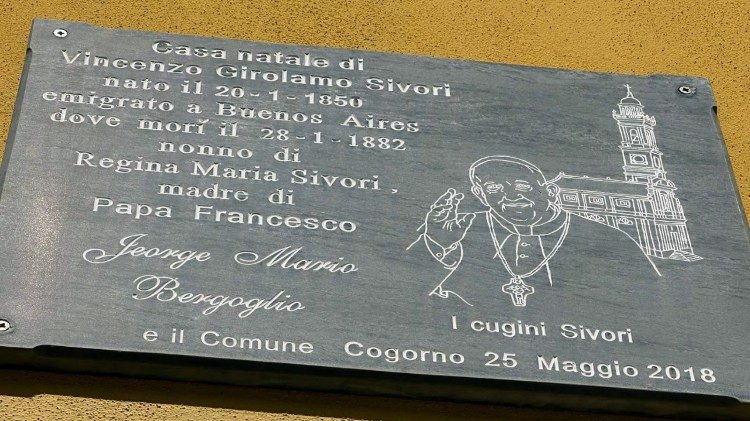
Slate, as a stone of the people, holds special significance for Pope Francis. It is not a noble stone, but humble and resilient, capable of adapting to everything and, at the same time, of giving warmth. Like the Pope, who was always close to those most in need, the slate doesn’t impose itself, but accompanies us, offering a comforting, warm presence, like the tenderness with which Francis guided the world. Thus, the land of his grandparents, turned to stone, will be the final resting place of a Pope who, like that stone, was always a bridge between the people and the love of God.
Related
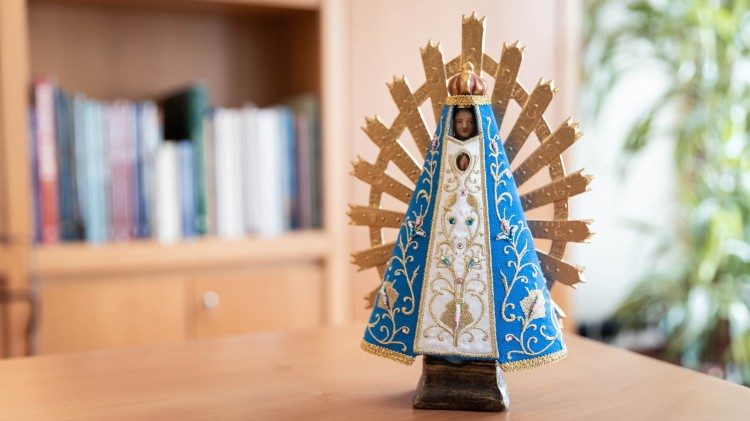
Pope Francis Gifts a Statue of Our Lady of Luján to Gemelli and the Catholic University of the Sacred Heart
Exaudi Staff
25 April, 2025
2 min

The Family: A School of Love, Forgiveness, and Hope
Laetare
25 April, 2025
3 min
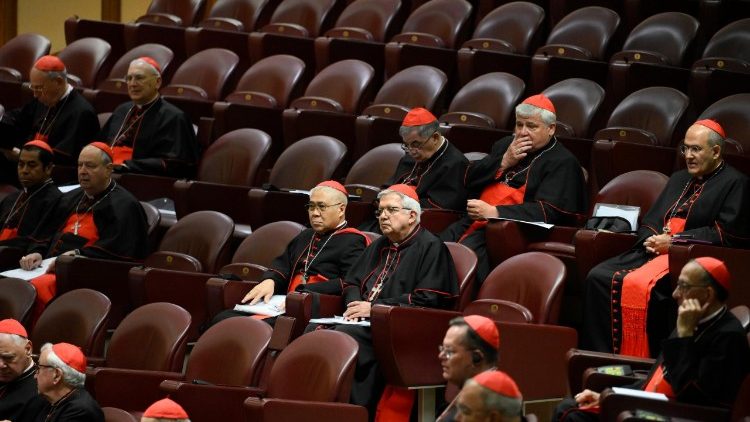
Cardinals Intensify Their Spiritual and Pastoral Preparation at the Third General Congregation
Exaudi Staff
24 April, 2025
1 min
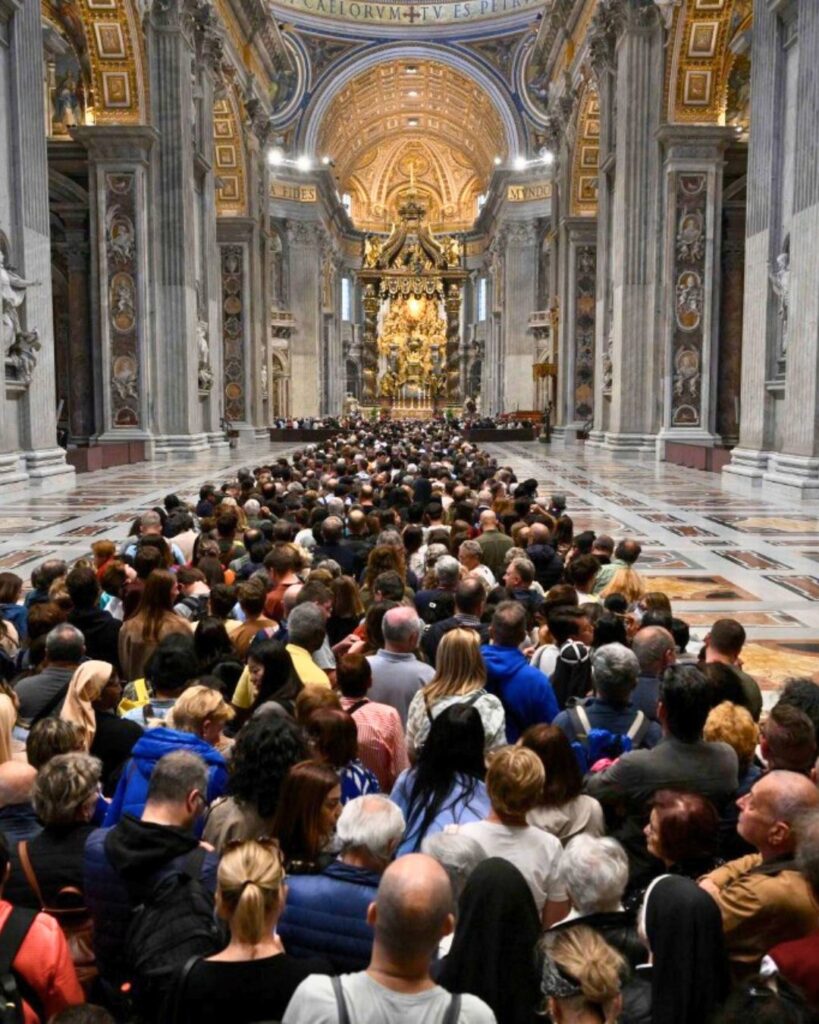
Rome unites in prayer: the world bids farewell to Pope Francis with love and gratitude
Exaudi Staff
24 April, 2025
2 min
 (EN)
(EN)
 (ES)
(ES)
 (IT)
(IT)

